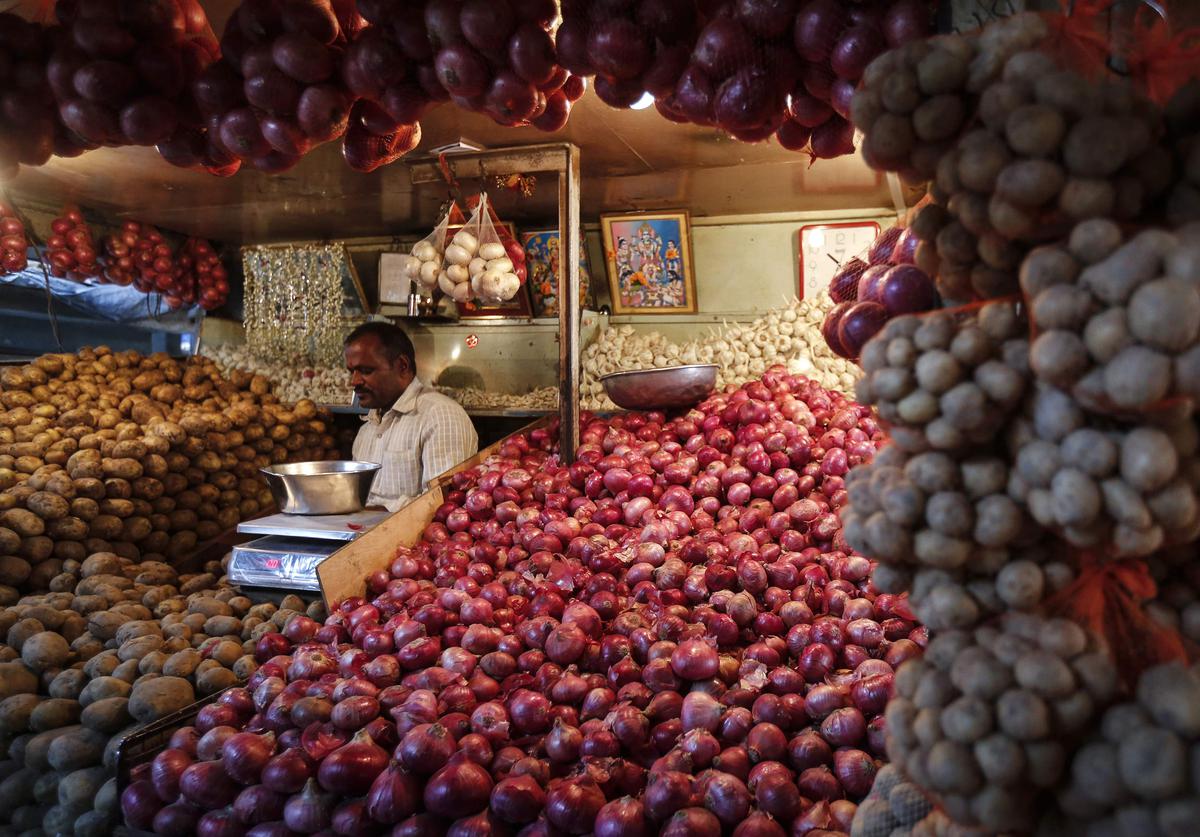As per the latest research by CRISIL, the Indian economy is predicted to develop at an average annual pace of 6.7% until the end of the decade. Between the fiscal years 2024 and 2031, the economy will expand at this rate, slightly faster than the 6.6% pre-pandemic average. Capital will be the primary driver of this trend, according to CRISIL.
This is the outcome of the government’s investment-driven policy during a time when the private sector was reluctant to make investments. According to the study, the government greatly raised capital expenditure to assist building expenditures and gave states interest-free loans to promote their own investment initiatives.
According to CRISIL, there would be a slowdown to 6.4% in the upcoming fiscal year following a strong rise of 7.3% this fiscal year. It said that it’s important to keep an eye on how the Middle East conflict’s intensification is affecting the price of oil and logistics. As per the analysis, the only factors contributing to India’s 5.7% inflation rate in December 2023 were the unstable pricing of vegetables and the inflation of food grains. According to CRISIL, this will make the RBI cautious while setting interest rates as it strives to achieve the 4% inflation objective.
Although there is cause for optimism due to the ongoing decline in core inflation and the deflation of fuel prices, the research also noted that the dangers of food-related inflation spreading to non-food components are maintained by the continuous high prices of food products, which account for a significant portion of the consumer price index (CPI).
According to CRISIL, rate cuts from the US Federal Reserve are anticipated this year. The timing and scope of the anticipated rate reduction to start this year are once again under question in light of the robust labor market data and higher-than-expected inflation.

